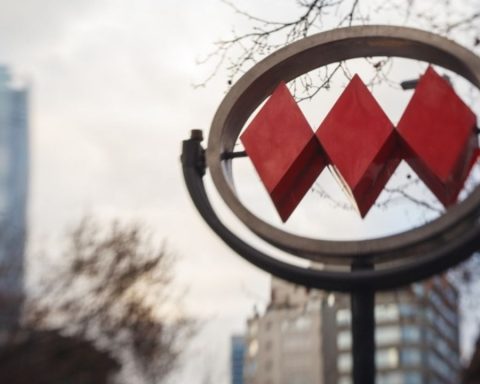He patent engraving The requirement for the identification of motor vehicles in Chile has become mandatory since the enactment of Law 21,601, the regulations of which were published in the Official Gazette on May 14. This law aims to improve vehicle safety and facilitate the identification of cars in the event of theft or violations.
The importance of this law lies in the fact that it standardizes a process that, although it was already common among some property owners, vehiclesnow becomes an obligation for everyone. The regulation clearly defines the deadlines and characteristics that must be met to carry out the engraving, depending on the type of vehicle and its date of acquisition.
Regarding the deadlines established for carrying out the recordedvary depending on the date the vehicle was marketed. New cars sold before August 15, 2024 have a period of four months to comply with this requirement. That is, from September 14, 2024, all dealerships must deliver vehicles with the license plate already recorded. On the other hand, those vehicles marketed before November 11, 2023, have a longer period, until May 14, 2025, to complete the process.

The law also provides for sanctions for those owners who do not comply with this obligation within the established period. Driving a vehicle Without the patent registration, it will be considered a serious offense according to the Traffic Law. This can lead to fines ranging from 1 to 1.5 Monthly Tax Units (UTM), which is equivalent to an approximate amount between $65,901 and $98,851, according to the value of the UTM in August 2024. Therefore, it is essential that drivers inform themselves and act within the stipulated times to avoid sanctions.
For those owners who have already made the patent engraving If the license plate number was already engraved on their vehicles before the regulation was enacted, it will not be necessary to repeat the process. However, it is important that the existing engraving allows for a clear and complete identification of all the digits and letters on the license plate. In addition, the engraving must be permanent, that is, it must have involved actual wear of the material, regardless of the technique used, whether sandblasting, carving or acid. Finally, for those who have not yet completed the procedure, the specifications detailed in the regulation must be followed. These include the typography, size of the letters and the exact location where the engravings must be placed on the windows and mirrors of the vehicle.


















